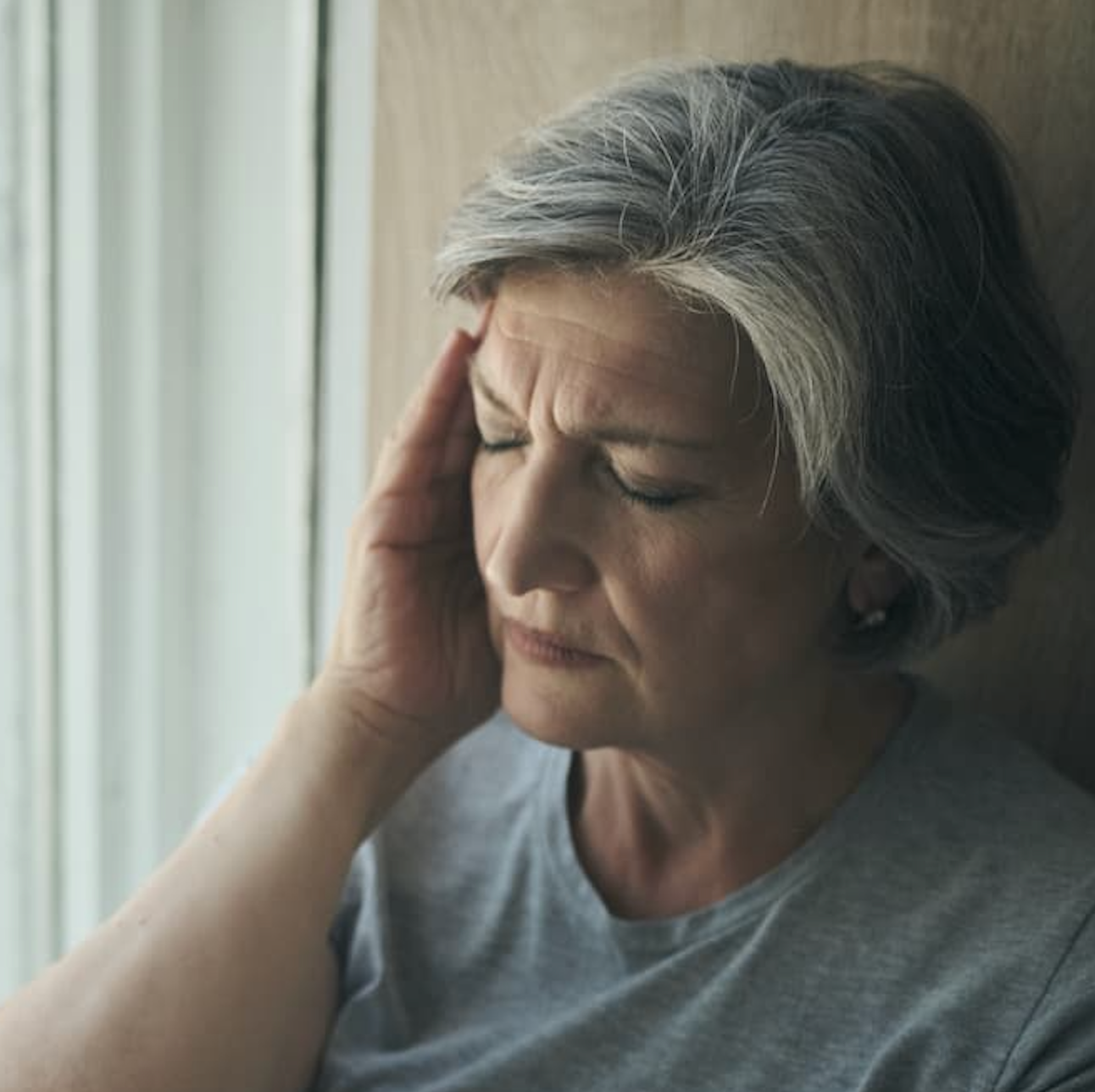The Hidden Link Between Inequality and Long COVID
Food insecurity, skipped care and lack of support are key risk factors for long COVID, even beyond physical health.
By
Lana Pine
| Published on July 31, 2025
4 min read
Credit: Adobe Stock/Justlight

A new national study found that people who faced more social and economic challenges during their COVID-19 infection were more likely to develop long COVID — a condition where symptoms like fatigue, brain fog or shortness of breath linger for months after the initial illness.
“The COVID-19 pandemic reinforced the overwhelming influence of social determinants of health (SDoH) on health disparities,” wrote lead investigator Candace H. Feldman, M.D., MPH, ScD, an assistant professor of medicine at Brigham and Women’s Hospital and Harvard Medical School in the Division of Rheumatology, Inflammation and Immunity.
The team of investigators followed nearly 3,800 adults enrolled in the Researching COVID to Enhance Recovery (RECOVER-Adult) cohort study between October 2021 and November 2023. Eligible participants had recently been infected (within 30 days) with the virus and filled out questionnaires on SDoH — defined as “conditions in which people are born, grow, work, live and age, and the wider set of forces and systems shaping the conditions of daily life” — comorbidity and pregnancy. Investigators then tracked their health over the following six months.
Social risk factors included economic instability, education and language access barriers, heath care access and quality challenges, lack of social or community support, and neighborhood poverty and household crowding.
The mean age of participants was 49 years, most (69%) were female, and 60% identified as White. Most people (69%) reported one or more comorbidities.
Regarding social risk factors, 35% had at least one measure of economic instability, most notably financial hardship. About 30% experienced health care access or quality barriers, and 73% had at least one social or community support challenge. Black and Hispanic participants reported greater medical discrimination and economic instability, lower educational attainment, and poorer social support compared with White respondents. About half of the group reported frequent, everyday discrimination, attributed to gender, age and race.
Among participants, about one in 10 people in the study developed long COVID.
But what stood out was how SDoH, including income, access to care and support systems, affected those outcomes.
People were more likely to experience long COVID if the following were true:
- Struggled financially (more than twice as likely)
- Faced food insecurity (2.36 times more likely)
- Skipped medical care due to cost (nearly three times more likely)
- Had less than a college education (raised the risk by 60%)
- Experienced medical discrimination (2.37 times more likely)
- Lacked strong social support (1.79 times more likely)
- Lived in overcrowded housing (raised the risk by 36%)
Even after accounting for things like age, underlying health conditions and how severe their COVID-19 illness was, these social risk factors still had a strong connection to who developed long COVID.
The study has several limitations to consider, according to investigators. While the team aimed to include a diverse group of participants, the sample skewed highly educated, with nearly 75% holding college degrees, which may limit how well the findings apply to the general population. Those with less education or limited English skills may have been underrepresented due to survey length, and people with more severe COVID-19 or greater social needs may also have been missed. Additionally, people with asymptomatic infections likely weren’t included, and some long COVID symptoms may have been misclassified due to existing health conditions.
“These findings demonstrate the lasting contribution of social risk factors to the disparities exacerbated by the COVID-19 pandemic,” concluded investigators.

